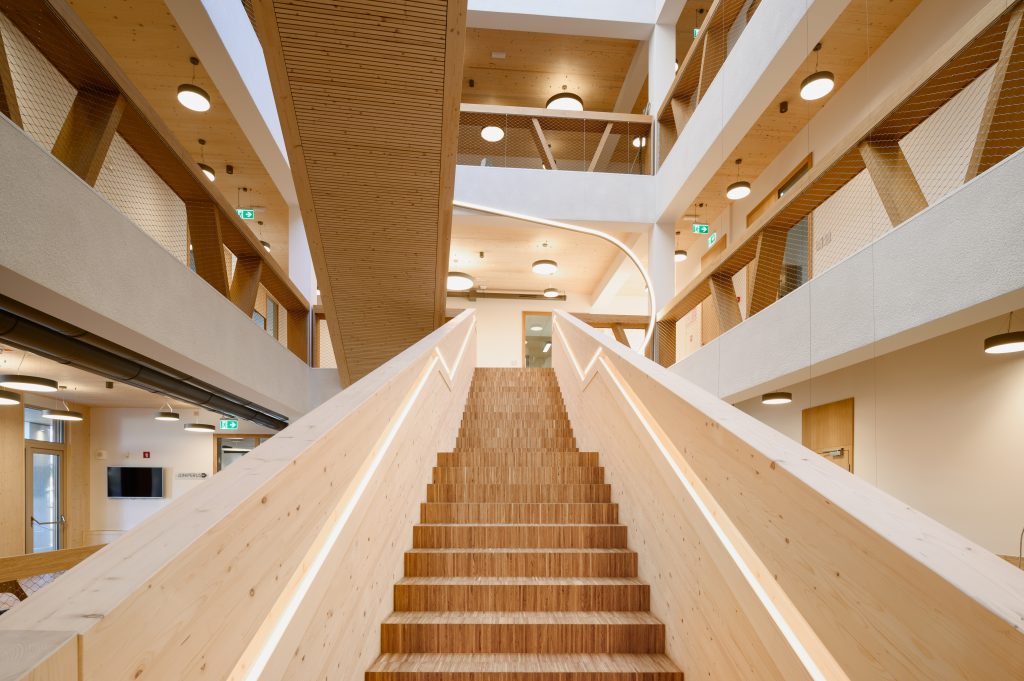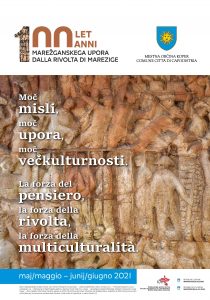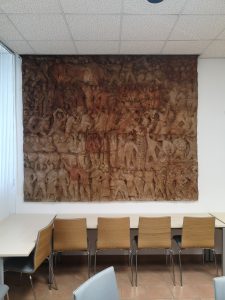
January 7, 2026

In 2021, the Koper Regional Museum hosted the Moč misli, moč upora, moč večkulturnosti (Power of Mind, Power of Rebellion, Power of Multiculturalism) exhibition to commemorate the 100th anniversary of the Marezige Uprising, which saw the revolt of Marezige locals against the violence of fascist militias on 15 May 1921 as parliamentary elections were taking place in the (then) Kingdom of Italy.

Exhibition to commemorate the 100th anniversary of the Marezige Uprising. Image: Ivan Simčič, Koper Regional Museum
This revolt is considered to be the first spontaneous uprising against fascism in Europe. The Marezige Uprising was just a prelude to a decades-long fight to conserve the social integrity and Slovene cultural identity in Istria and the wider region. The spark of this rebellion remained alive for most of the first half of the 20th century. After this period ended, Koper’s Assembly of the Municipality declared, on 6 March 1959, that 15 May would be celebrated as the Municipality’s commemoration holiday. The date and meaning of the municipal holiday have been preserved to this day. The holiday was also commemorated by Jože Pohlen, academic sculptor, painter and comrade, through his 1963 terracotta relief, which in large format (2.3 m x 2.7 m) depicts the events of the Marezige Uprising.
Curators of the 2021 exhibition developed its content and title in agreement with the Municipality of Koper and a team of designers. However, soon after settling these issues, the unknown location of the Pohlen relief came to the foreground; its existence was acknowledged, but its location was a mystery.
Ivan Simčič, the exhibition’s main curator, investigated, and after several conversations, he discovered the artwork’s location. The Pohlen relief is currently located in the main meeting room of the Koper Regional Unit of the Health Insurance Institute of Slovenia on Martinčev Square in central Koper. Since the relief is made of fragile material and exposes several visible cracks, moving it from its current location was decided against, and protection against further mechanical damage was planned.

Original image of the Jože Pohlen relief located in the Koper Regional Unit of the Health Insurance Institute of Slovenia. Image: Tim Mavrič
The Moč misli, moč upora, moč večkulturnosti exhibition was available to visit through the whole month of May 2021 in the old loggia under the arches of Koper’s Praetorian Palace, while the commemoration in Marezige was organized on the uprising’s anniversary. Although these events have already passed, the exhibition’s curators agreed that the Pohlen relief is an important work of cultural heritage that needs to be preserved and presented to the public, who is still not aware of its existence. The first step in this process was thorough documentation of the artwork—a task InnoRenew CoE experts undertook with 3D scanning.
3D scanning is a technique for noninvasive building survey and analysis carried out with 3D laser scanners. These machines use an invisible laser to inspect a specific surface and measure the distance between a certain point on the surface and the measuring device. These points are then recorded in the digital environment with the aid of the recorded distances, and they form a point cloud composed of several million points. With the chosen resolution, a digital model of these points can truthfully represent the scanned three-dimensional object or environment. This technique is especially useful for cultural heritage. InnorRenew CoE researchers have experience with this technique from their work on Koper’s Servite monastery project, where the building was fully 3D scanned and renovation work is now underway.
For the Pohlen relief project, InnoRenew CoE researchers used 3D scanning to document a much smaller object. This kind of 3D model can then be used by partners at the Koper Regional Museum to make a digital presentation or copy of the artwork to exhibit or adorn protocolar spaces within the Municipality of Koper.
InnoRenew CoE contributes to the local culture and the conservation and promotion of cultural heritage with these types of activities.
Authors: Ivan Simčič, Tim Mavrič